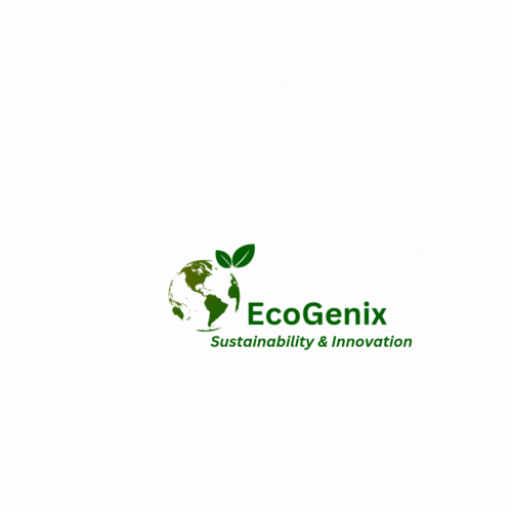Introduction
In an era defined by rapid urbanization, the need for sustainable urban planning and design has never been more critical. As our cities continue to expand at an unprecedented rate, finding innovative ways to accommodate growing populations while minimizing environmental impact has become a global imperative. Sustainable urban planning and design offer a holistic approach to city development, focusing on long-term viability, environmental stewardship, and social inclusivity.
Understanding Sustainable Urban Planning:
Sustainable urban planning revolves around creating cities that are environmentally responsible, economically viable, and socially inclusive. It seeks to strike a balance between the built environment and the natural world, ensuring that urban development does not compromise the well-being of future generations. Key principles include reducing carbon emissions, conserving resources, promoting green spaces, and enhancing public transportation.
Green Spaces and Biodiversity:
One of the cornerstones of sustainable urban planning is the incorporation of green spaces within cities. Parks, gardens, and green rooftops not only enhance the aesthetic appeal but also serve as vital habitats for diverse flora and fauna. These green havens act as carbon sinks, absorbing harmful greenhouse gases and mitigating the urban heat island effect. Moreover, they provide citizens with recreational spaces, promoting physical and mental well-being.
Smart Infrastructure and Energy Efficiency:
Smart infrastructure, encompassing energy-efficient buildings, advanced public transportation systems, and renewable energy sources, plays a pivotal role in sustainable urban design. Utilizing solar power, wind energy, and innovative waste-to-energy technologies reduces the carbon footprint of cities. Additionally, the integration of smart grids and energy-efficient appliances minimizes energy wastage, contributing to a more sustainable urban landscape.
Promoting Active and Public Transportation:
Encouraging walking, cycling, and the use of public transportation is fundamental to reducing reliance on private vehicles. Sustainable cities invest in well-connected public transit networks, pedestrian-friendly pathways, and designated cycling lanes. By prioritizing these modes of transport, cities can alleviate traffic congestion, lower emissions, and enhance overall mobility, fostering a healthier urban environment.
Community Engagement and Social Equity:
Sustainable urban planning goes beyond environmental concerns; it prioritizes social equity and community engagement. Inclusive urban design ensures that public spaces are accessible to all, regardless of age, ability, or socioeconomic background. Engaging citizens in the decision-making process empowers communities and fosters a sense of ownership, leading to more harmonious and resilient cities.
The Role of Technology:
Advancements in technology, such as data analytics, artificial intelligence, and the Internet of Things (IoT), are revolutionizing urban planning. Smart city initiatives leverage these technologies to optimize traffic flow, manage energy consumption, and enhance public services. By harnessing the power of data and connectivity, cities can make informed decisions that promote sustainability and improve the quality of life for their residents.
Conclusion:
Sustainable urban planning and design are the cornerstones of a greener, more equitable future. By embracing eco-friendly practices, prioritizing green spaces, investing in smart infrastructure, and fostering community engagement, cities can evolve into vibrant hubs that nurture both people and the environment. As we continue to build and expand our urban landscapes, it is imperative that we do so with a deep commitment to sustainability, ensuring a harmonious coexistence between urban development and the natural world.
ARTICLE BY: WAYNE TOTA
Food Security and Climate Change
waynetota9@gmail.com
0601133196239
Visit for more articles:
https://sites.google.com/view/foodsecure-sustain-agriclimate/home.

Leave a Reply